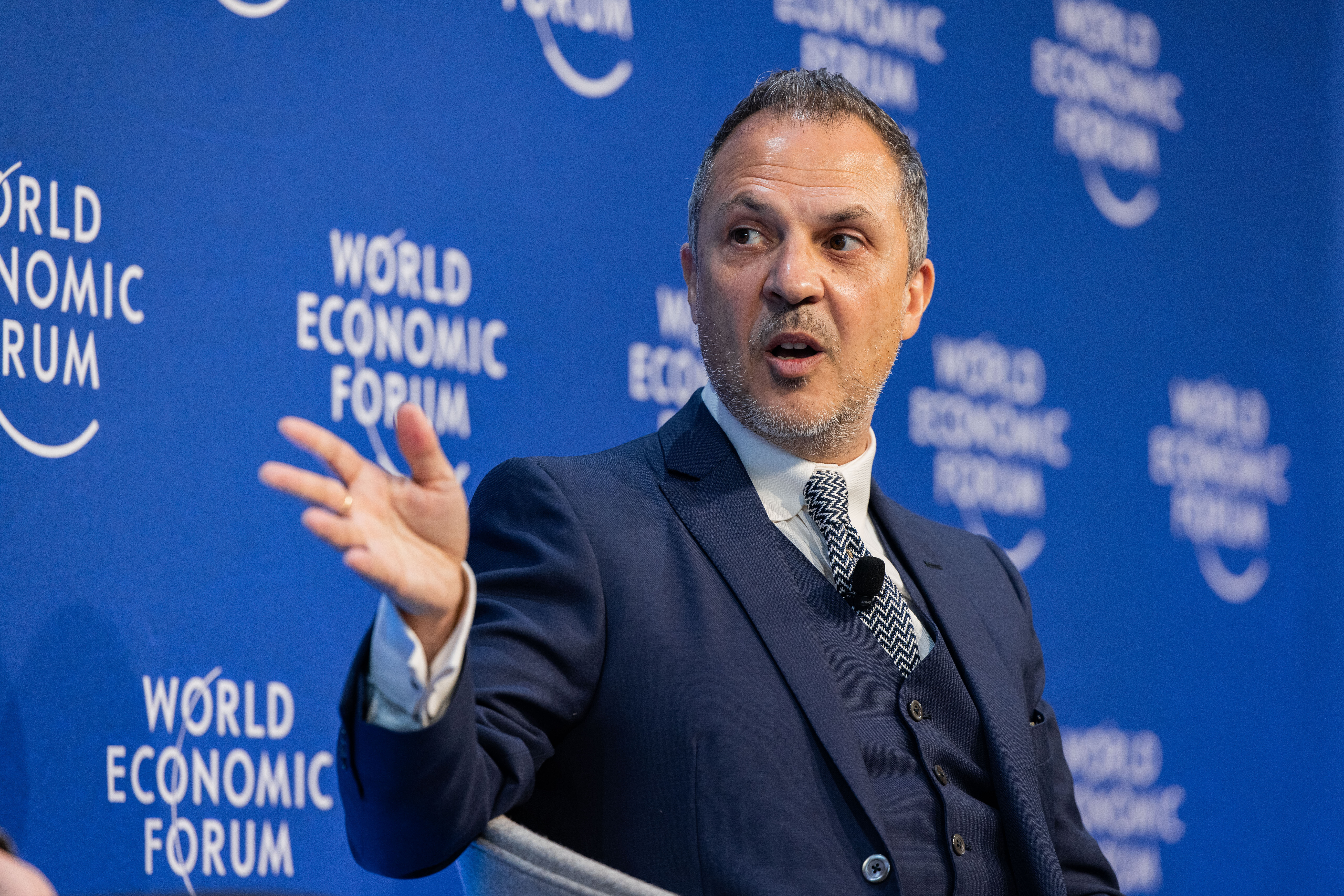This Google manager has the best advice on time management
Rushing between meetings takes up valuable time that could be spent on thinking and creating, says Google's Jeremiah Dillon.
Image: REUTERS/Christian Hartmann
Stay up to date:
leadership
When it comes to managing our time, many of us would agree there’s room for improvement.
Jeremiah Dillon, Head of Product Marketing at Google Apps for Work, has shared his insights on how to get things done in an email to colleagues that was later published online.
Accept our marketing cookies to access this content.
These cookies are currently disabled in your browser.
In the email, Dillon explains that there are two types of schedulers: the manager and the maker.
The manager’s day is divided into 30-minute slots. “They change what they’re doing every half hour. Sorta like Tetris – shifting blocks around and filling spaces,” he writes.
The maker’s day, on the other hand, is different. The most effective way for makers to use their time is in half- or full-day blocks.
“They need to make, to create, to build. But, before that, they need to think,” he explains.
“Even a single 30-minute meeting in the middle of ‘Make Time’ can be disruptive.”
How can we reserve ‘Make Time’?
Meetings swallow up valuable time that could be better spent on thinking and creating, says Dillon.
“Many of our meetings could be shorter or include fewer people, and some don’t need to happen at all. Take back those hours for your Make Time instead.”
But don’t put it off until the end of the day on Friday – the time you choose really matters.
“Commit to protecting Make Time on your calendar, including the time and place where you’ll be making, and ideally detail on what you’ll be making. That way, you know, it’ll actually happen,” he suggests.
So what does a well-organized week look like?
Because our energy levels go up and down during the week, it makes sense to plan accordingly, says Dillon.
“Always bias your Make Time toward the morning, before you hit a cycle of afternoon decision fatigue. Hold the late afternoon for more mechanical tasks,” he says.
Here’s how Dillon suggests scheduling your week:
Monday: Energy ramps out of the weekend – schedule low-demand tasks like setting goals, organizing, and planning.
Tuesday, Wednesday: Peak of energy – tackle the most difficult problems, write, brainstorm, schedule your Make Time.
Thursday: Energy begins to ebb – schedule meetings, especially when consensus is needed.
Friday: Lowest energy level – do open-ended work, long-term planning, and relationship building.
Have you read?
Google's secret to building a better team
Don't miss any update on this topic
Create a free account and access your personalized content collection with our latest publications and analyses.
License and Republishing
World Economic Forum articles may be republished in accordance with the Creative Commons Attribution-NonCommercial-NoDerivatives 4.0 International Public License, and in accordance with our Terms of Use.
The views expressed in this article are those of the author alone and not the World Economic Forum.
Forum Stories newsletter
Bringing you weekly curated insights and analysis on the global issues that matter.
More on LeadershipSee all
Daniella Diaz Cely
May 27, 2025
Thomas Crampton
May 21, 2025
Christie Burley and Lindsey Prowse
May 20, 2025
Ignacio Bugueño Vilches and Franco Nieri Cabello
April 24, 2025
Robin Pomeroy
April 23, 2025





